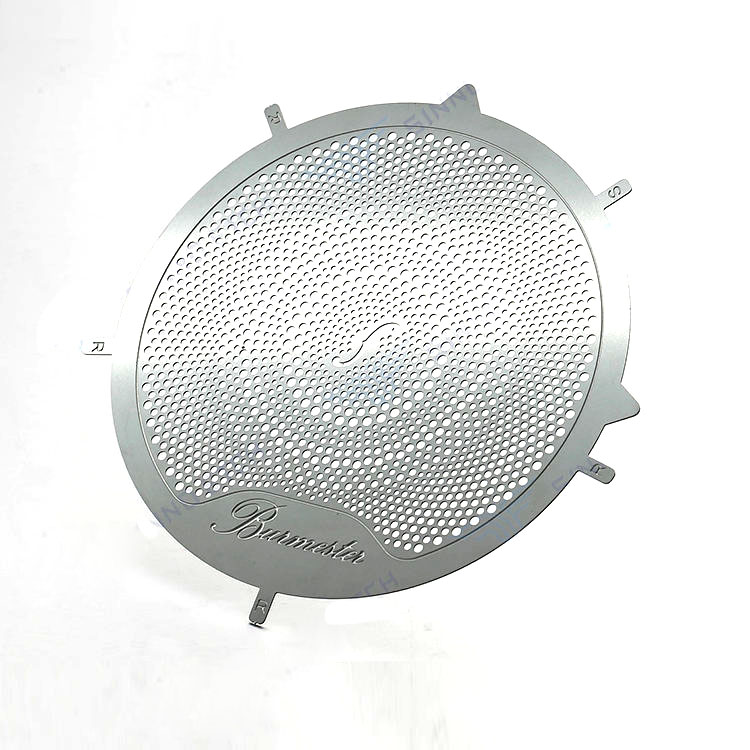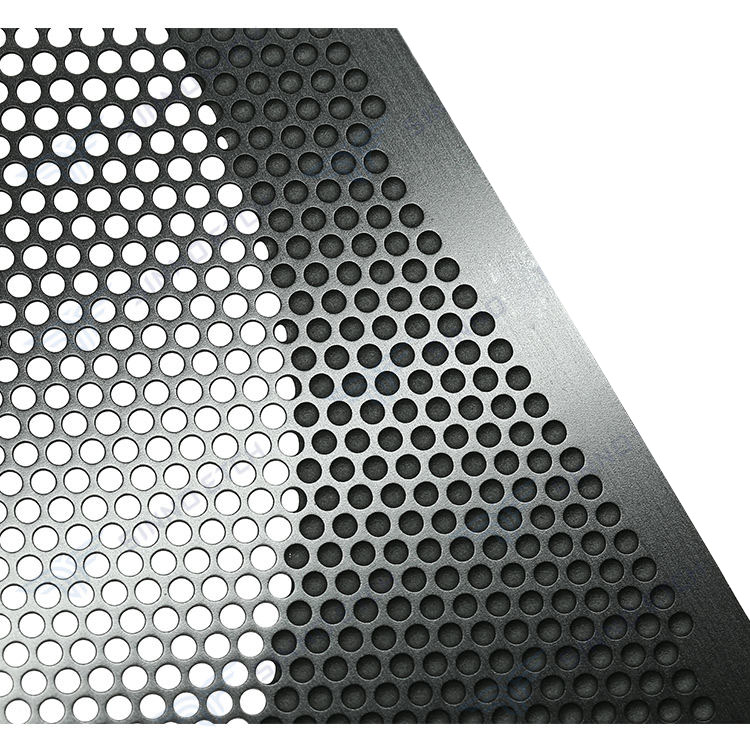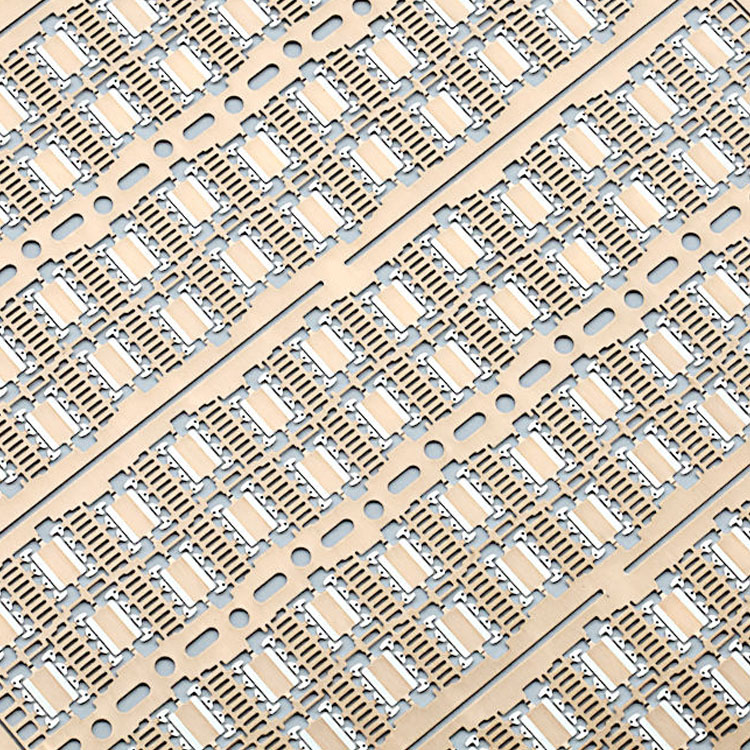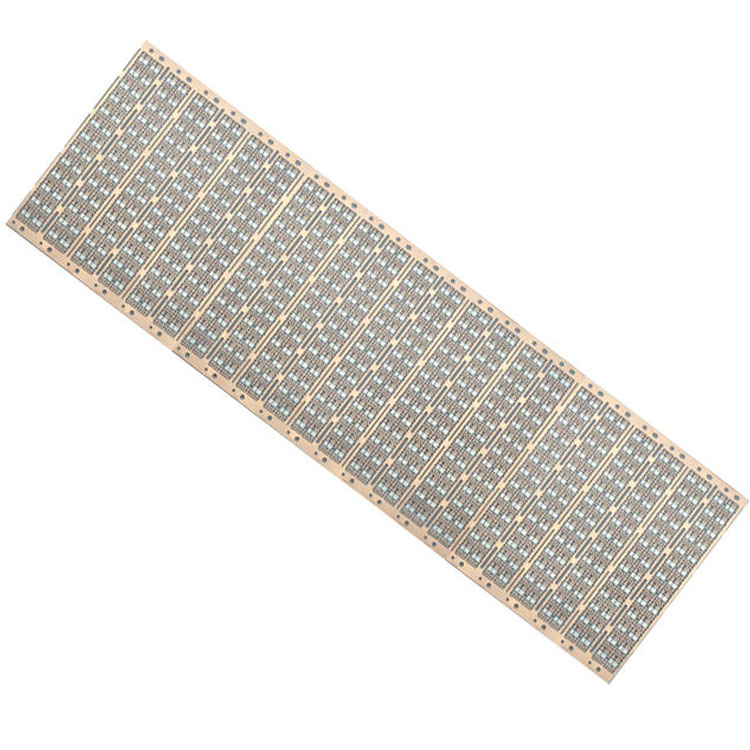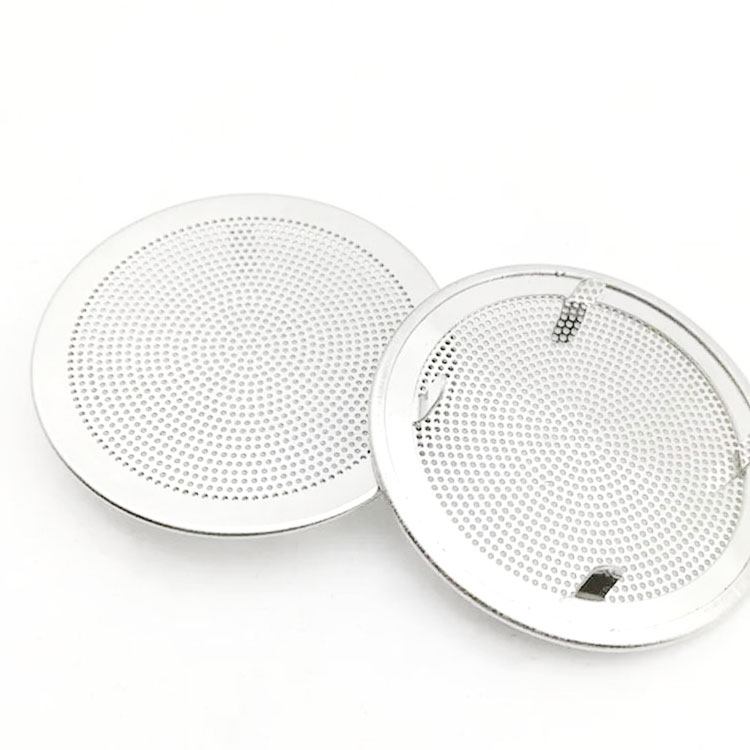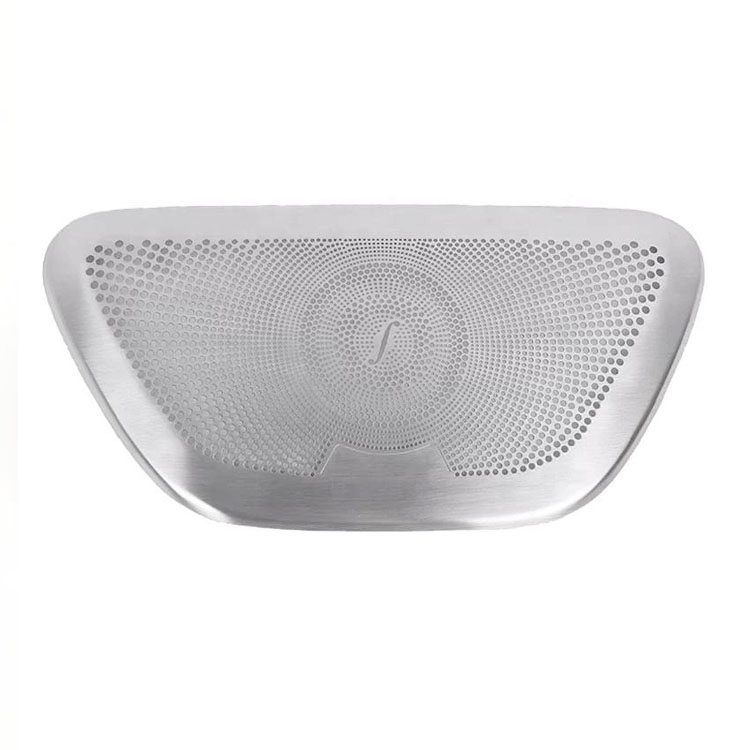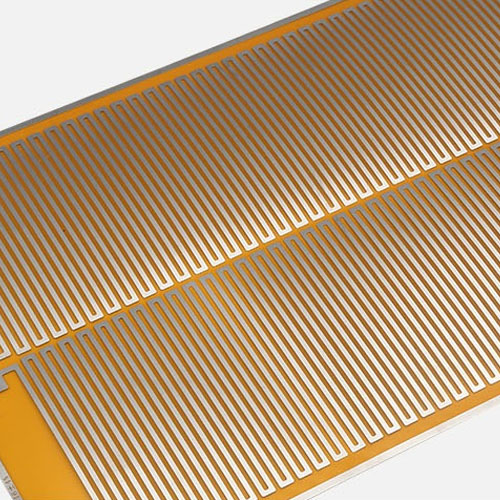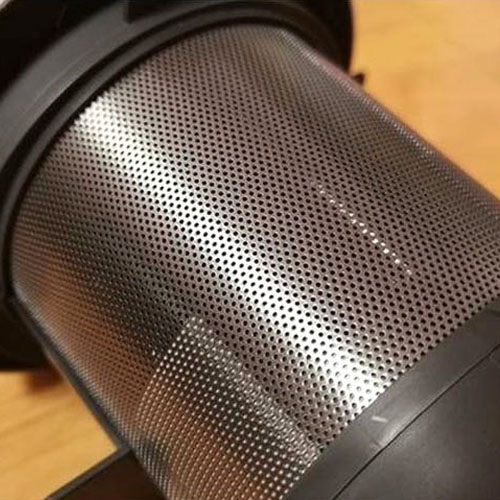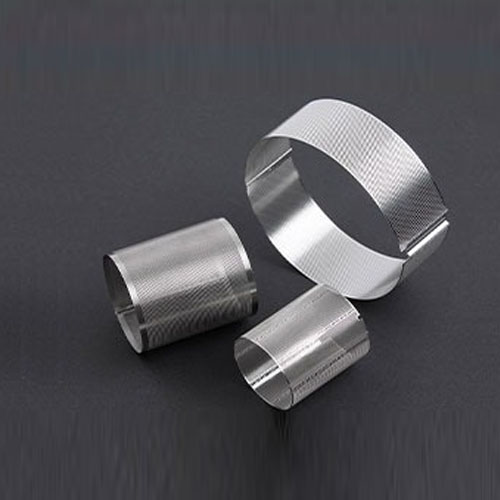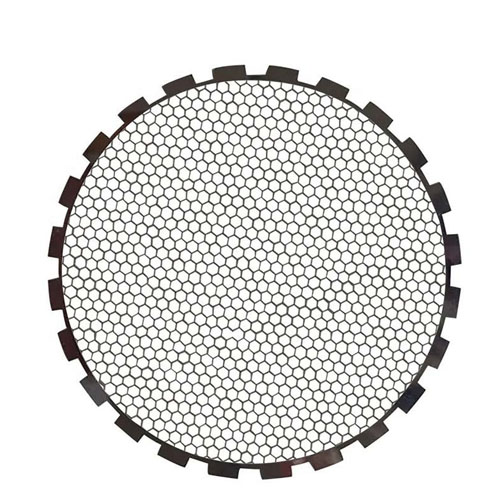About Etching Stainless Steel Etching
- tching stainless steel can be done for a variety of purposes such as creating designs, marking, or preparing the surface for further processing. Here's a general guide to etching stainless steel:
Materials:
- Stainless steel piece
- Permanent marker or a vinyl resist mask or photoresist (depending on your design precision)
- Ferric chloride (can be bought at electronics stores or online) or another etchant like nitric acid/hydrofluoric acid mixture.
- Plastic container
- Plastic gloves
- Baking soda (for neutralizing acid)
- Water
- Soft brush
Procedure:
- Design Transfer:
- If using a permanent marker, you can manually draw your design onto the stainless steel.
- For more intricate designs, apply a vinyl resist mask or photoresist and then expose the design using UV light.
- Prepare the Steel:
- Clean the stainless steel piece thoroughly to remove any oils, dirt, or contaminants. You can use acetone or isopropyl alcohol for this.
- Use masking tape or another resistant material to mask off any areas you don’t want to be etched.
- Etching:
- Wear gloves and safety goggles.
- Pour the etchant (ferric chloride or your chosen etchant) into a plastic container.
- Place the stainless steel piece into the container, making sure the design is fully submerged.
- Agitate the solution occasionally, and you can use a soft brush to gently scrub the surface to help the etching process.
- The etching time will vary depending on the concentration of the etchant and the desired depth. For ferric chloride, this could be anywhere from 10 minutes to an hour.
- Monitor the progress regularly. Once the desired depth is achieved, remove the stainless steel piece from the etchant.
- Neutralizing and Cleaning:
- Prepare a solution of baking soda and water in another container. Immerse the etched stainless steel into this solution to neutralize the acid.
- Once neutralized, rinse the stainless steel with water and remove any remaining resist using acetone or the appropriate solvent.
- Dry the steel and if desired, polish the surface to achieve a shiny finish.
Safety Precautions:
- Always work in a well-ventilated area.
- Use gloves and safety goggles.
- Avoid direct contact with etchants; they are corrosive and can cause skin burns.
- Store chemicals in proper containers and out of reach of children and pets.

OUR ADVANTAGE
1、One-stop solution provider chemical etching,stamping and surface finish 2、Support a wide range of materials and hardness Customized products according to your required specifications 3、Certificates of the ISO9001/14001,IATF16949,QC080000,IEC27001

Etching Stainless Steel Etching Advantages
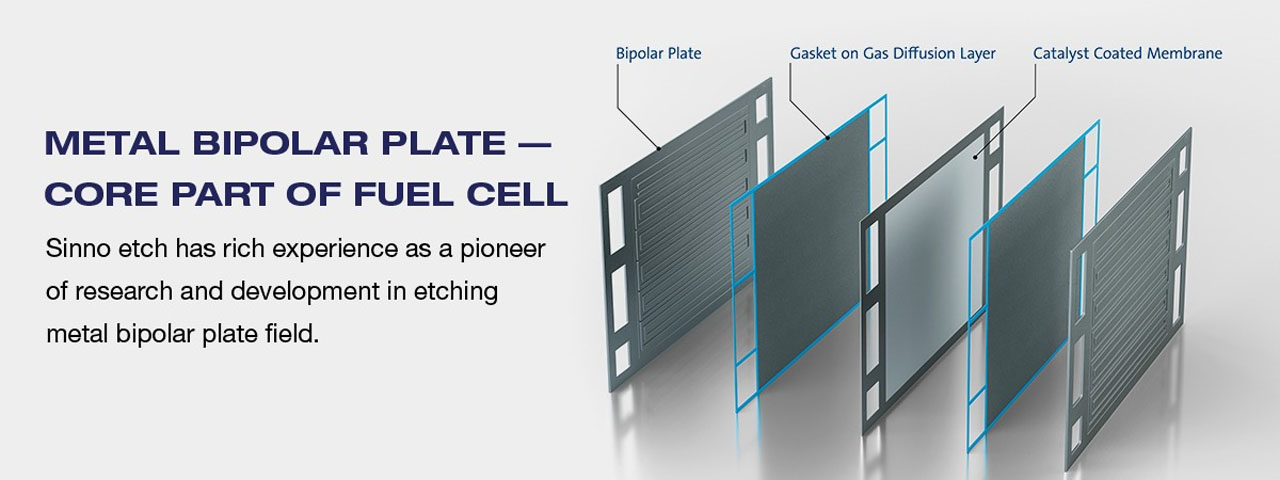
Etching Stainless Steel Etching Advantages
- High precision: Achieves intricate and detailed designs.
- Non-mechanical: Avoids stress or deformation to the material.
- Versatility: Enables complex patterns without added complexity in processing.
- Thin material compatibility: Etches without warping or distortion.
- Repeatability: Consistent results across multiple batches.
- Eco-conscious: With responsible disposal, it's more environmentally friendly.
- Clean finish: Post-etching results in smooth edges without burrs.
- Cost-effective: Suitable for large-scale production
Etching Stainless Steel Etching System
Preparation Area:
Resist Application Area:
Development Area:
Cleaning station: Removes oils, dirt, and other contaminants. Often uses solvents like acetone or isopropyl alcohol.Rinsing station: Washes off the solvents and prepares the steel for resist application.
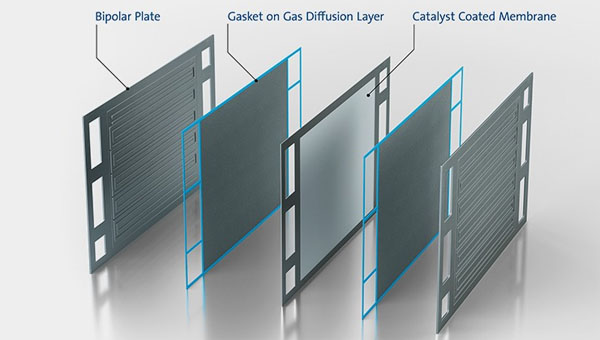
Coating machine: Applies a layer of photoresist or vinyl resist to the steel. This resist protects areas not to be etched.
Exposure unit: If using a photoresist, the design is exposed onto the resist using UV light.
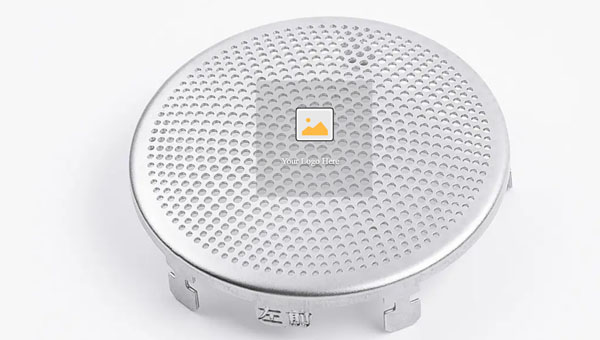
Developer tank: Where the exposed photoresist is developed, revealing the design to be etched.Etching tank: Contains the etchant, often ferric chloride or a nitric acid/hydrofluoric acid mixture. The steel is submerged in this tank to be etched.
Agitation system: Mechanically or pneumatically agitates the etchant to ensure uniform etching.
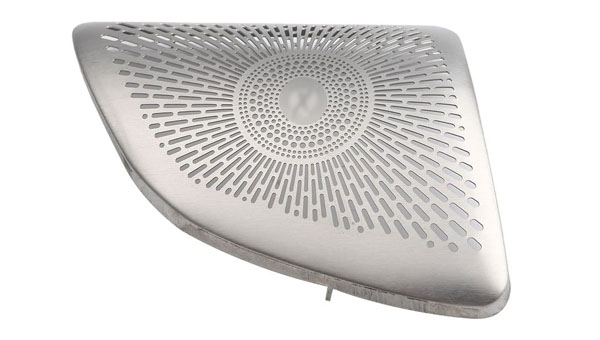
Best Etching Stainless Steel Etching
Etching Stainless Steel Etching Production Process
The production process for etching stainless steel is a systematic sequence of steps that ensures precision and quality in the final etched product. Here's an overview of the typical production process:
- Design Creation:
- The design to be etched is created digitally using software like AutoCAD, Illustrator, or other CAD tools.
- The design is then output to a format suitable for transferring to a photoresist, usually as a photomask.
- Material Preparation:
- The stainless steel sheet is thoroughly cleaned to remove any contaminants. Commonly, this involves a bath in a solvent like acetone or isopropyl alcohol.
- The clean steel is then rinsed with deionized water and dried.
- Resist Application:
- A photoresist (either dry film or liquid) is applied to the surface of the stainless steel. This resist protects areas that should not be etched.
- The photoresist is then pre-baked (if necessary) to remove any solvents and prepare it for exposure.
- Exposure:
- The steel sheet, coated with photoresist, is placed under a UV light source.
- A photomask, which has the design on it, is placed between the UV light and the photoresist.
- The UV light transfers the design from the mask to the photoresist.
- Development:
- After exposure, the steel sheet is immersed in a developer solution. This step reveals the design on the steel by removing the areas of the photoresist that were exposed to the UV light.
- Etching:
- The developed steel sheet is then placed in an etching bath, usually containing ferric chloride or a mixture of nitric acid and hydrofluoric acid.
- The etchant reacts with the exposed areas of the steel (not protected by the photoresist) and removes them.
- The duration in the bath determines the depth of the etch.
- Stripping:
- After etching, the remaining photoresist is stripped away using an appropriate solvent or alkaline solution.
- Post-Etching Treatment:
- The etched steel is rinsed with water to remove any residual chemicals.
- It might undergo a passivation process to enhance corrosion resistance.
- Additional processes like polishing might be applied depending on the desired finish.
- Inspection and Quality Control:
- The final etched product undergoes quality control checks to ensure it meets design specifications.
- Defective pieces are either reworked or discarded.
- Packaging and Shipping:
- Once approved, the etched pieces are packaged appropriately and prepared for shipment or further processing.
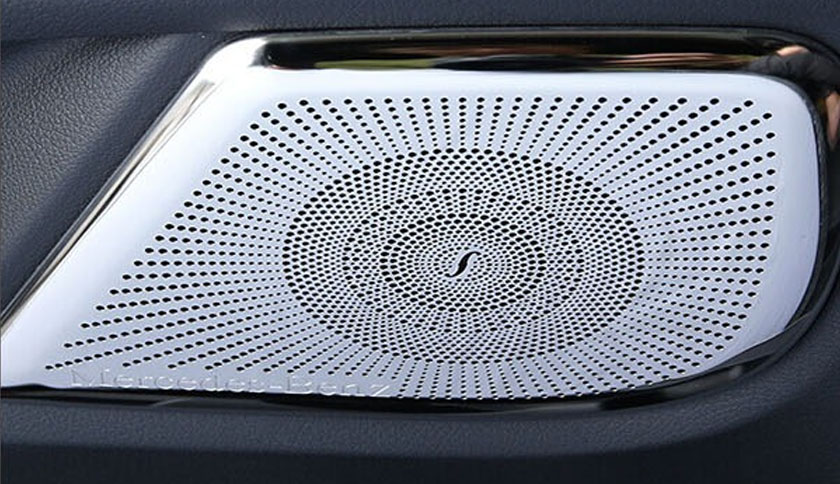
Etching Stainless Steel Etching Advantage
- Precision and Detail: Chemical etching can achieve highly detailed and intricate designs that are often challenging or impossible with other methods.
- No Physical Deformation: Unlike stamping or laser cutting, the chemical etching process doesn't introduce mechanical stresses or deformities to the material.
- Consistency: Etching produces consistent results across multiple pieces, making it suitable for large-scale production.
- Complex Patterns: This method allows for complex patterns without a significant increase in processing difficulty or cost.
- Versatility: It's suitable for various thicknesses of stainless steel, including very thin sheets that might warp under other processes.
- Smooth Edges: The final product usually has burr-free and smooth edges, eliminating the need for post-processing or deburring.
- Material Integrity: Etching doesn't alter the inherent properties of the material, such as its grain structure or hardness.
- Cost-Effective: Especially for prototyping or short runs, etching can be more cost-effective than investing in expensive molds or dies.
- Adaptability: The process can be easily adjusted or modified to accommodate design changes without significant downtime or additional costs.
- Eco-friendliness: With proper waste management, chemical etching can be environmentally friendly. Used chemicals can be treated and neutralized, ensuring minimal environmental impact.
Learn About Other Shopping Guide Information
Frequently Asked Questions
What is stainless steel etching?
Answer: Stainless steel etching is a controlled chemical process where portions of the material are removed to create a desired design or pattern. It's often used for decorative, identification, or engineering purposes.
What chemicals are used for etching stainless steel?
Answer: Common etchants include ferric chloride, as well as mixtures of nitric acid and hydrofluoric acid. The choice depends on the type of stainless steel and the desired etch depth.
Is the process safe for the environment?
Answer: With proper waste management, chemical etching can be eco-friendly. Used chemicals should be treated, neutralized, and disposed of according to local regulations.
How detailed can the designs be?
Answer: Chemical etching can achieve highly detailed and intricate designs, including small text and complex patterns, with precision and consistency.
Are there any distortions in the material post-etching?
Answer: No, one of the key advantages of chemical etching is that it does not introduce mechanical stresses or deformations to the material.
Is it possible to etch deep into stainless steel?
Answer: Yes, the depth of the etch can be controlled by adjusting the etchant's concentration, temperature, and exposure time.
How do I prevent certain areas from being etched?
Answer: A photoresist or a resist mask is applied to the areas you want to protect. Only the exposed areas (without resist) will be etched.
Is the etched stainless steel corrosion-resistant?
Answer: Yes, the inherent corrosion-resistant properties of stainless steel remain. However, it might be beneficial to perform a passivation process after etching to enhance this resistance further.
Can I etch colored designs onto stainless steel?
Answer: The etching process itself does not add color, but you can infill the etched areas with colored paints or inks post-etching to achieve a colored design
Is stainless steel etching cost-effective?
Answer: For many applications, especially prototyping or short runs, etching can be more cost-effective than other methods like stamping or laser cutting. Costs might vary based on design complexity and volume.


